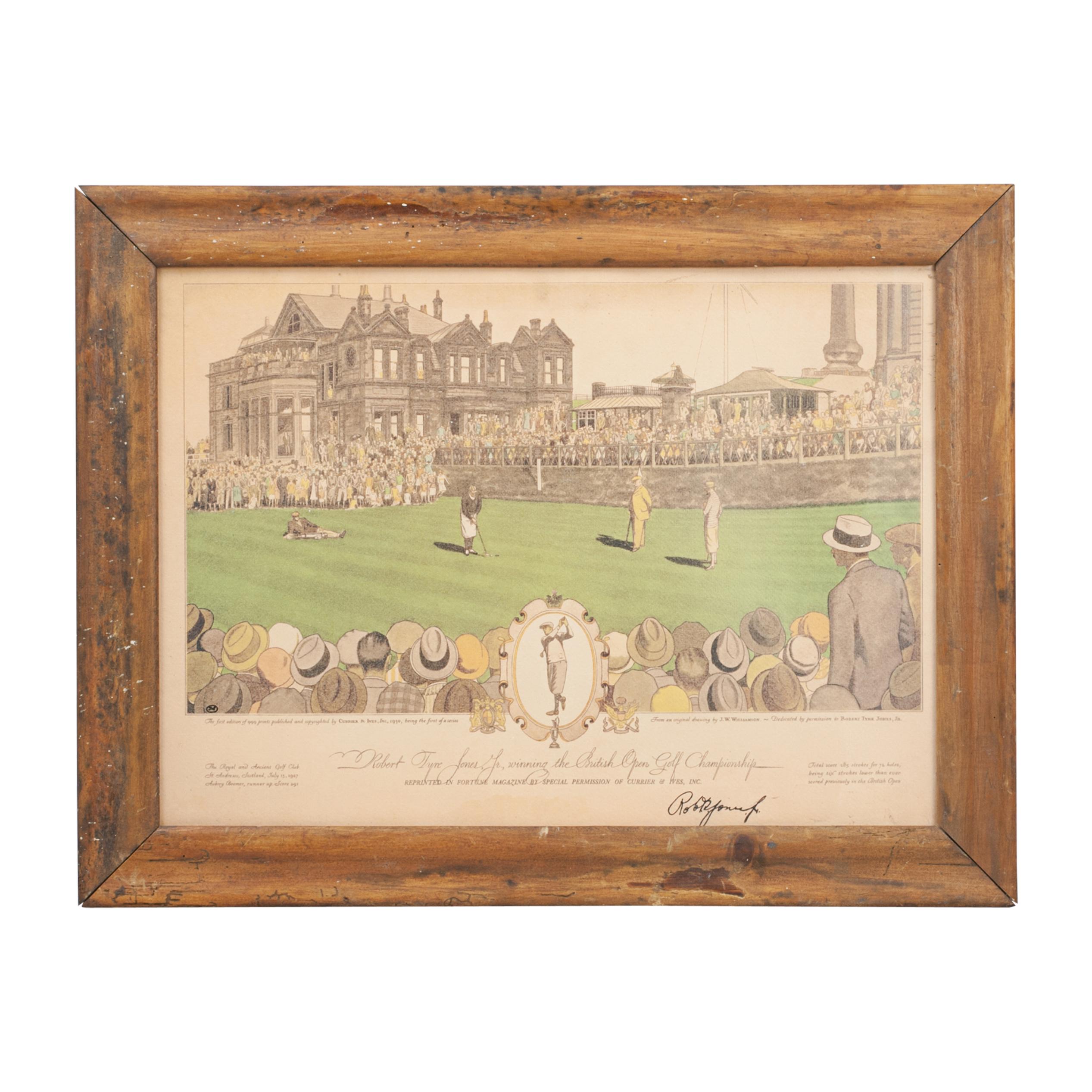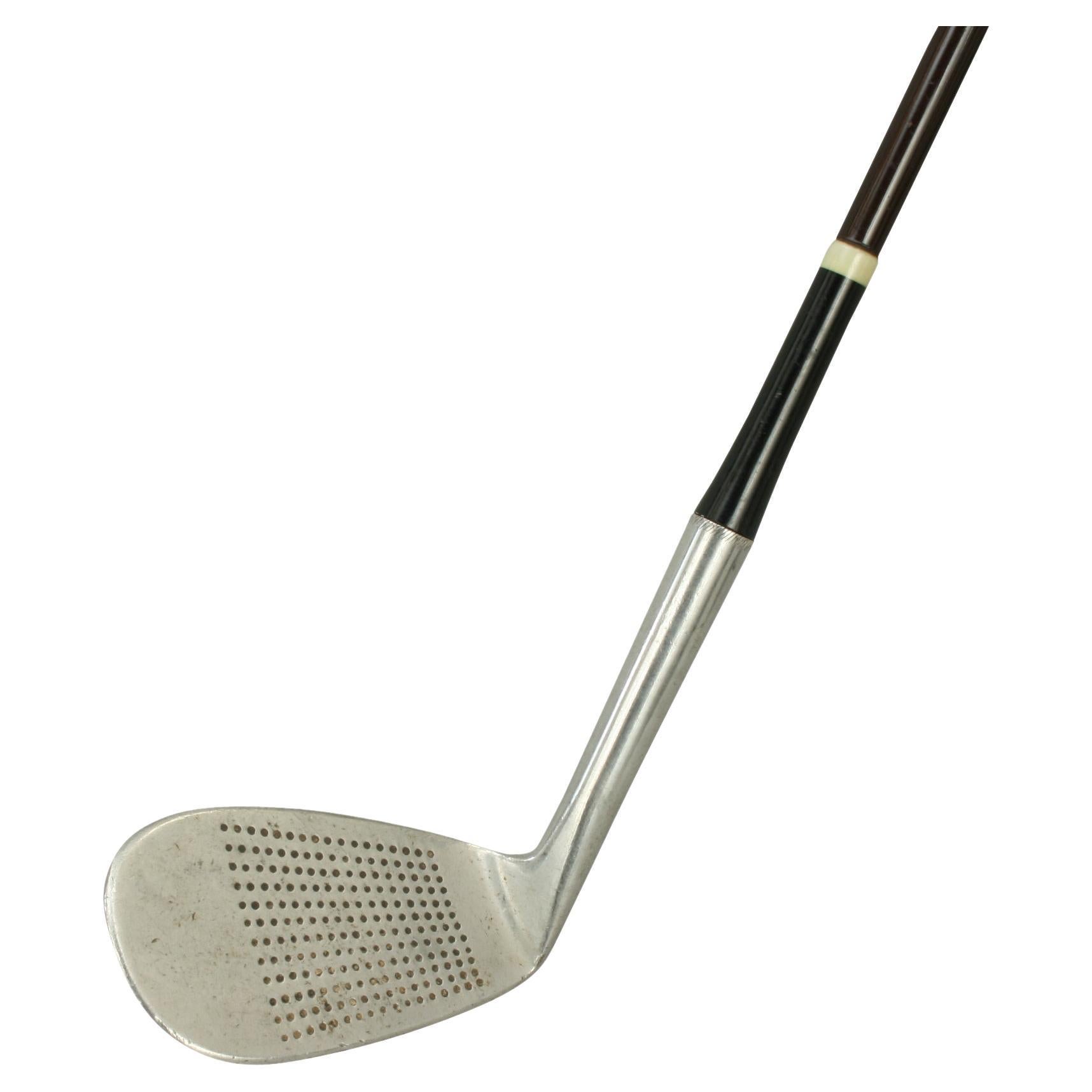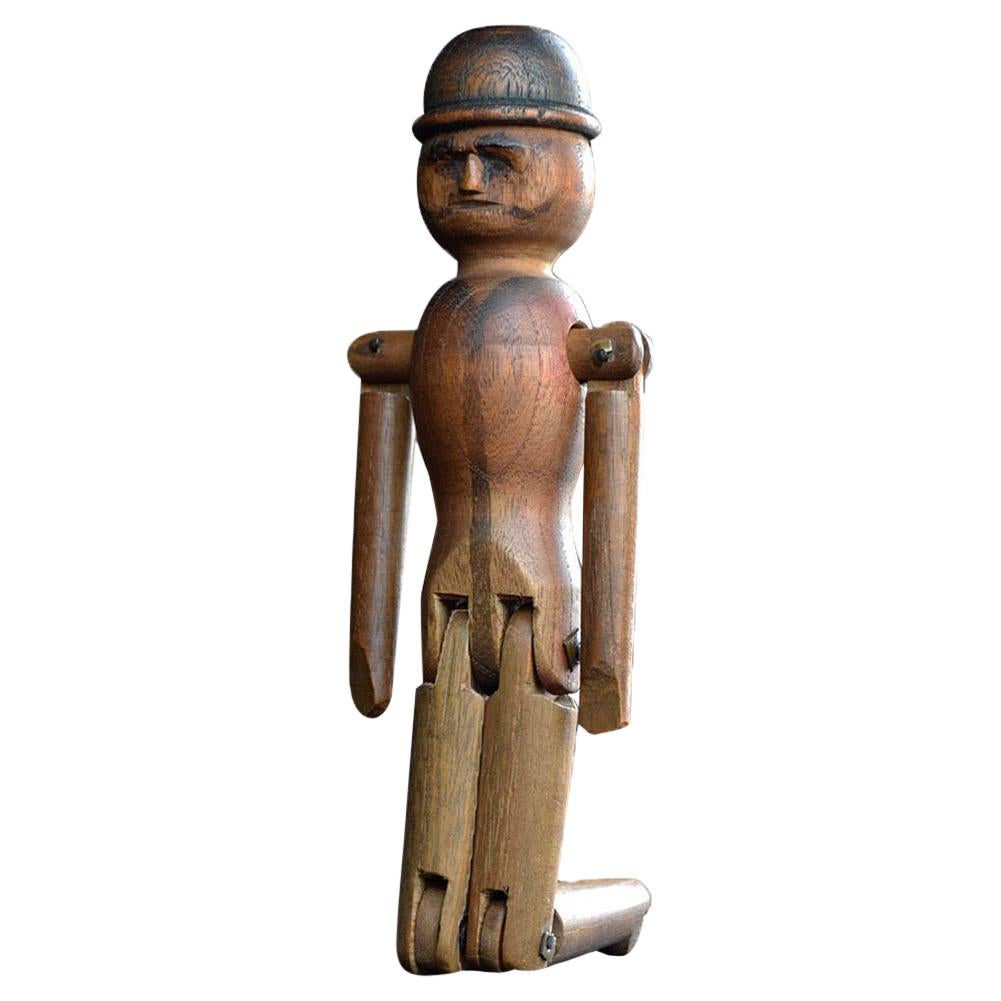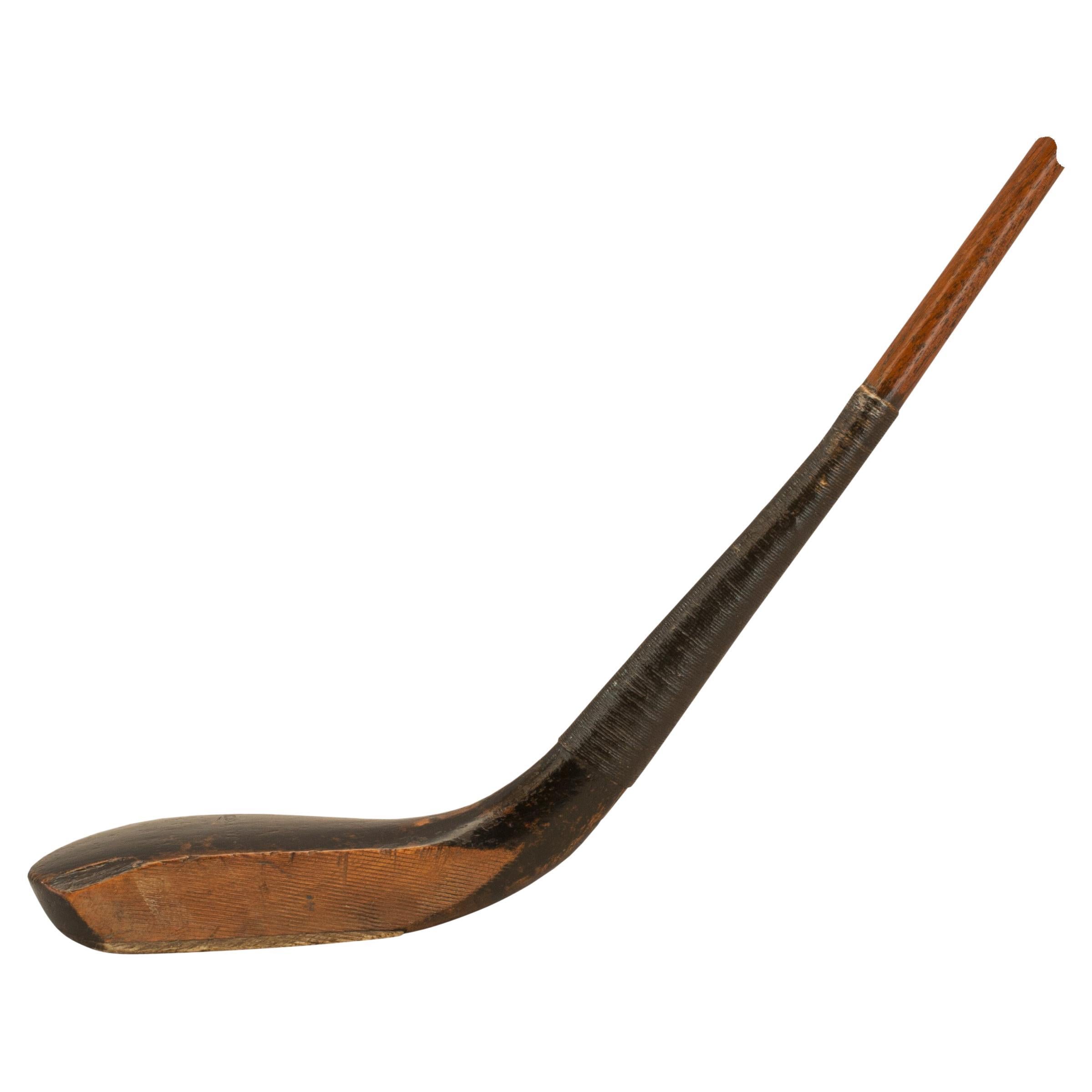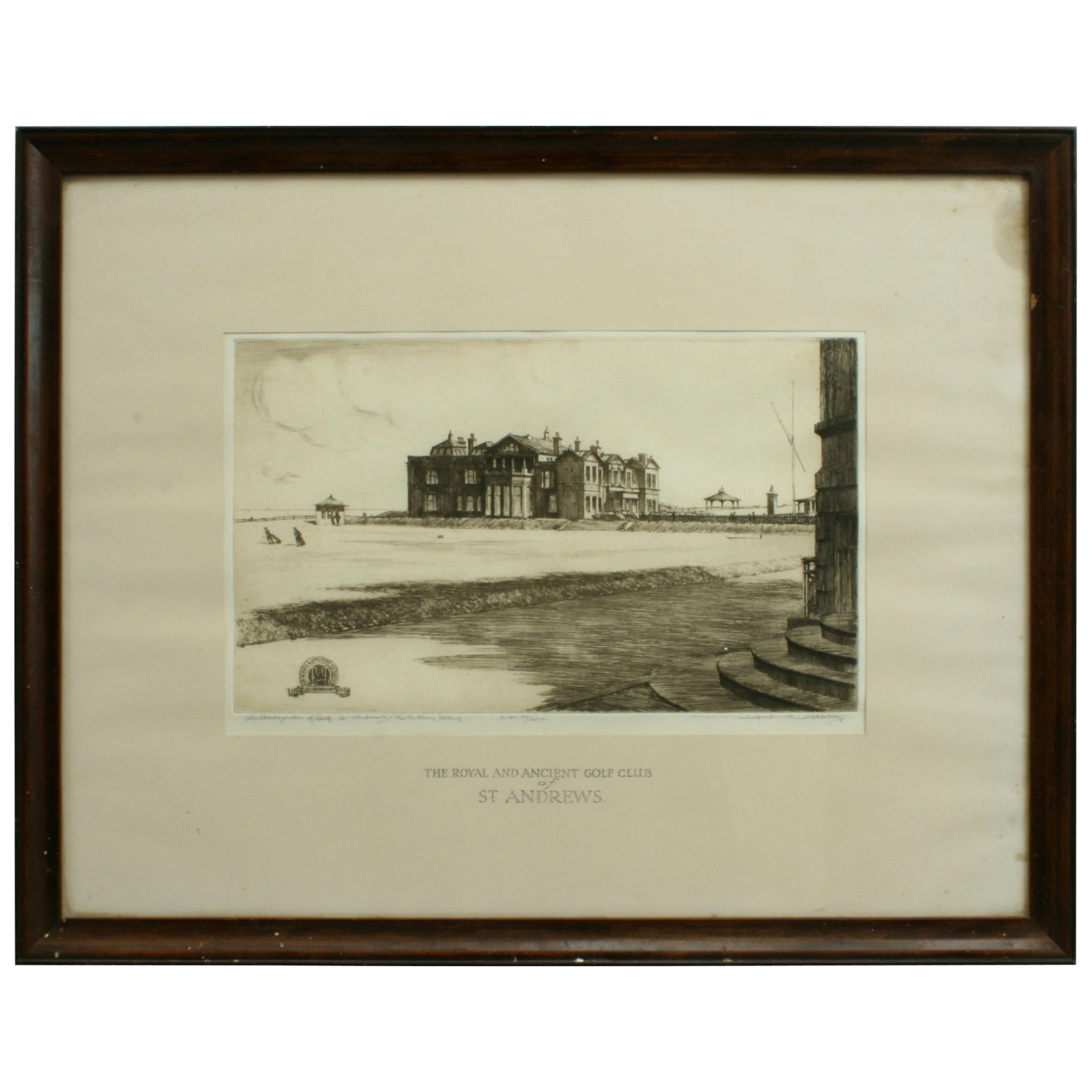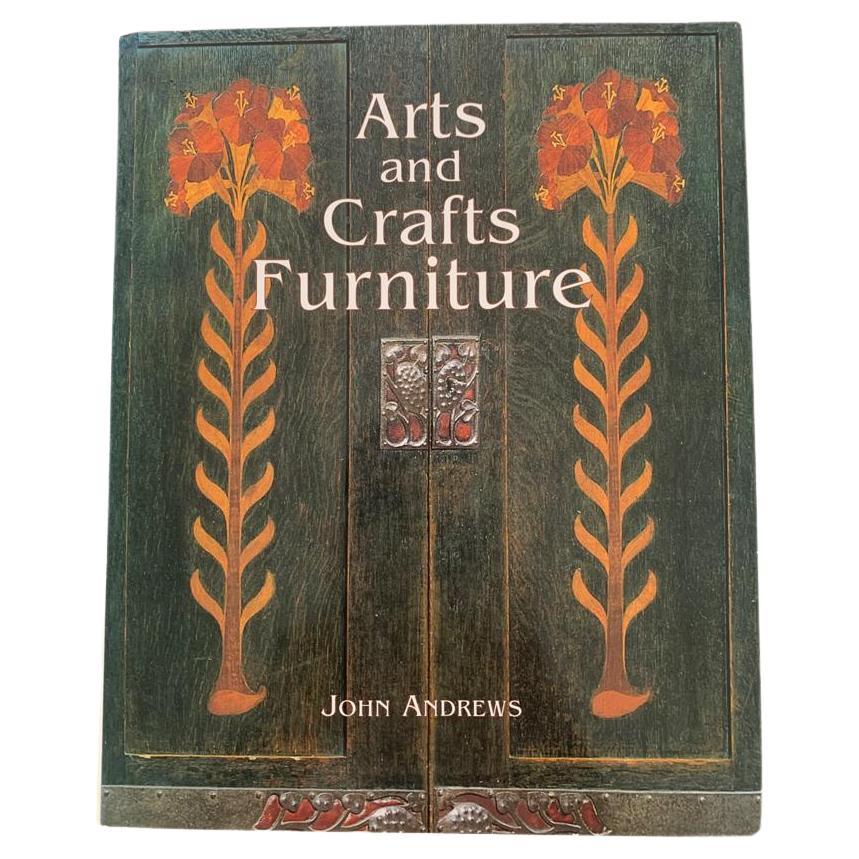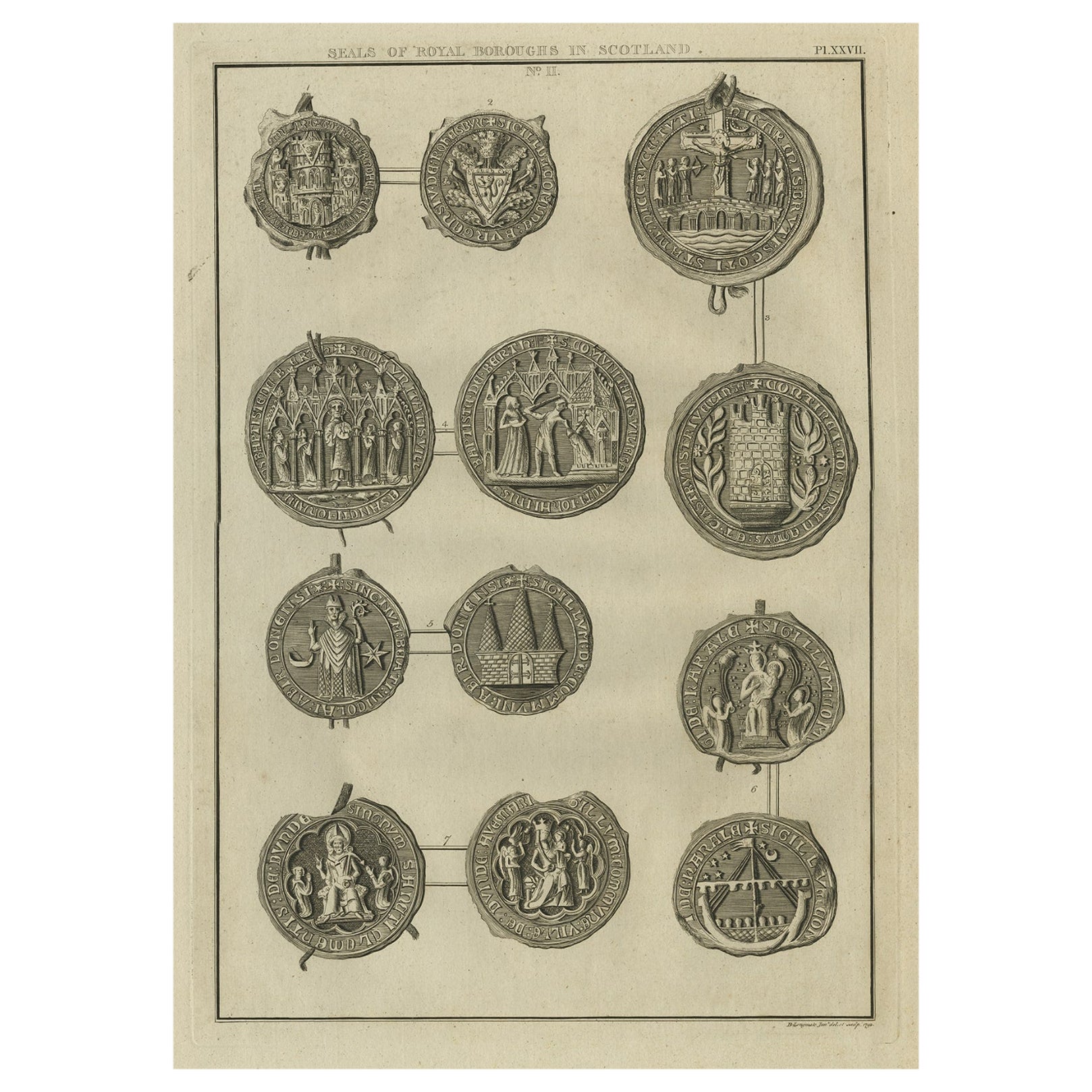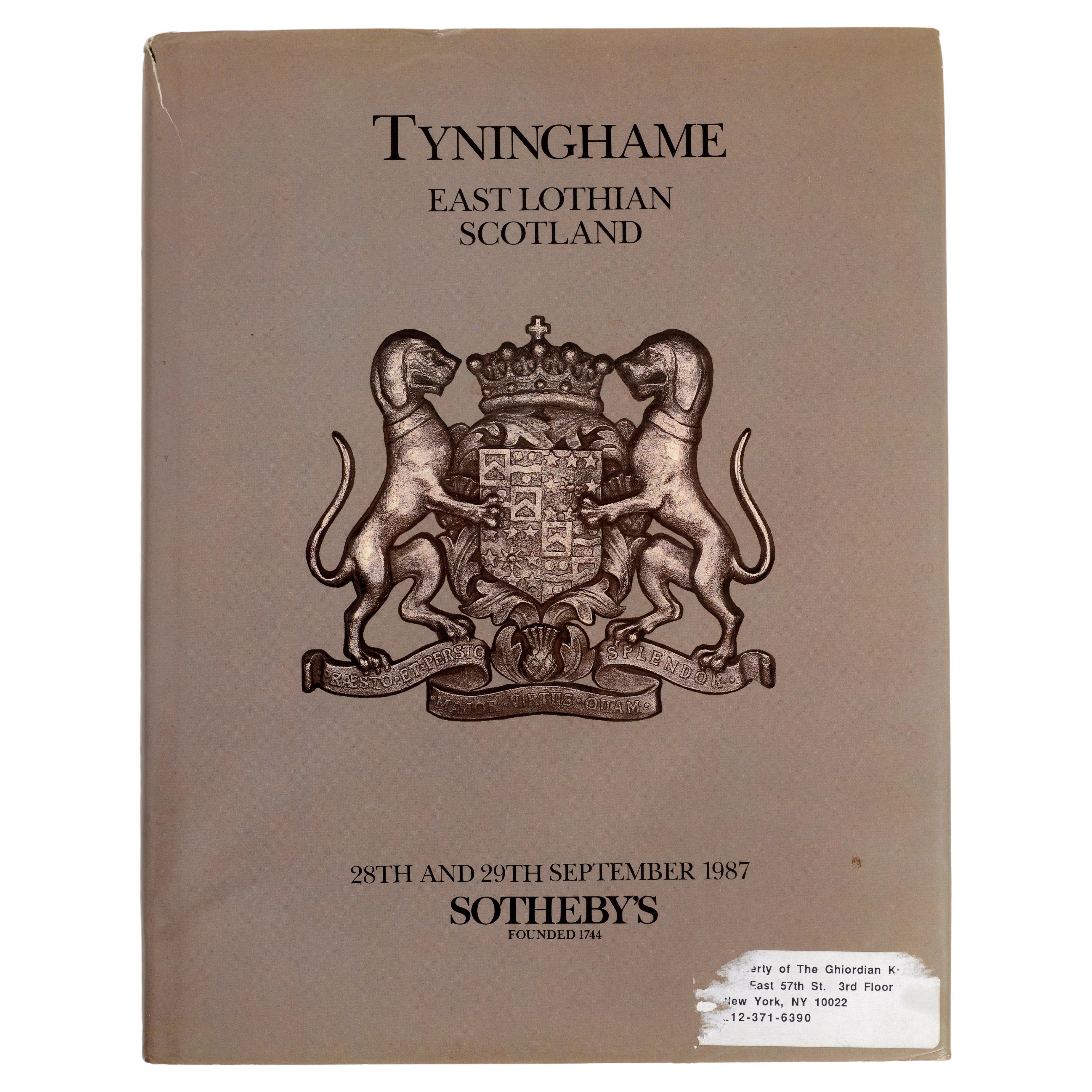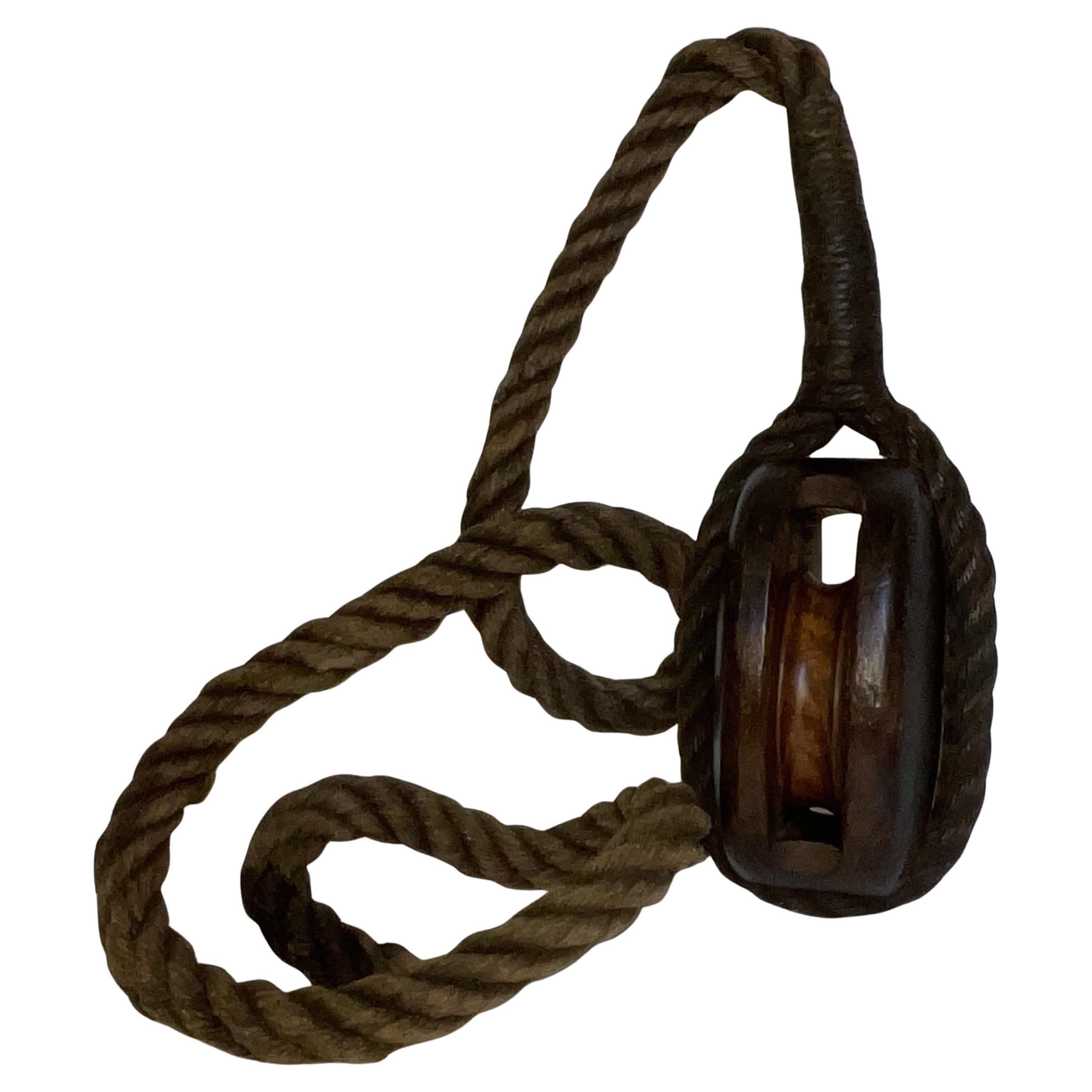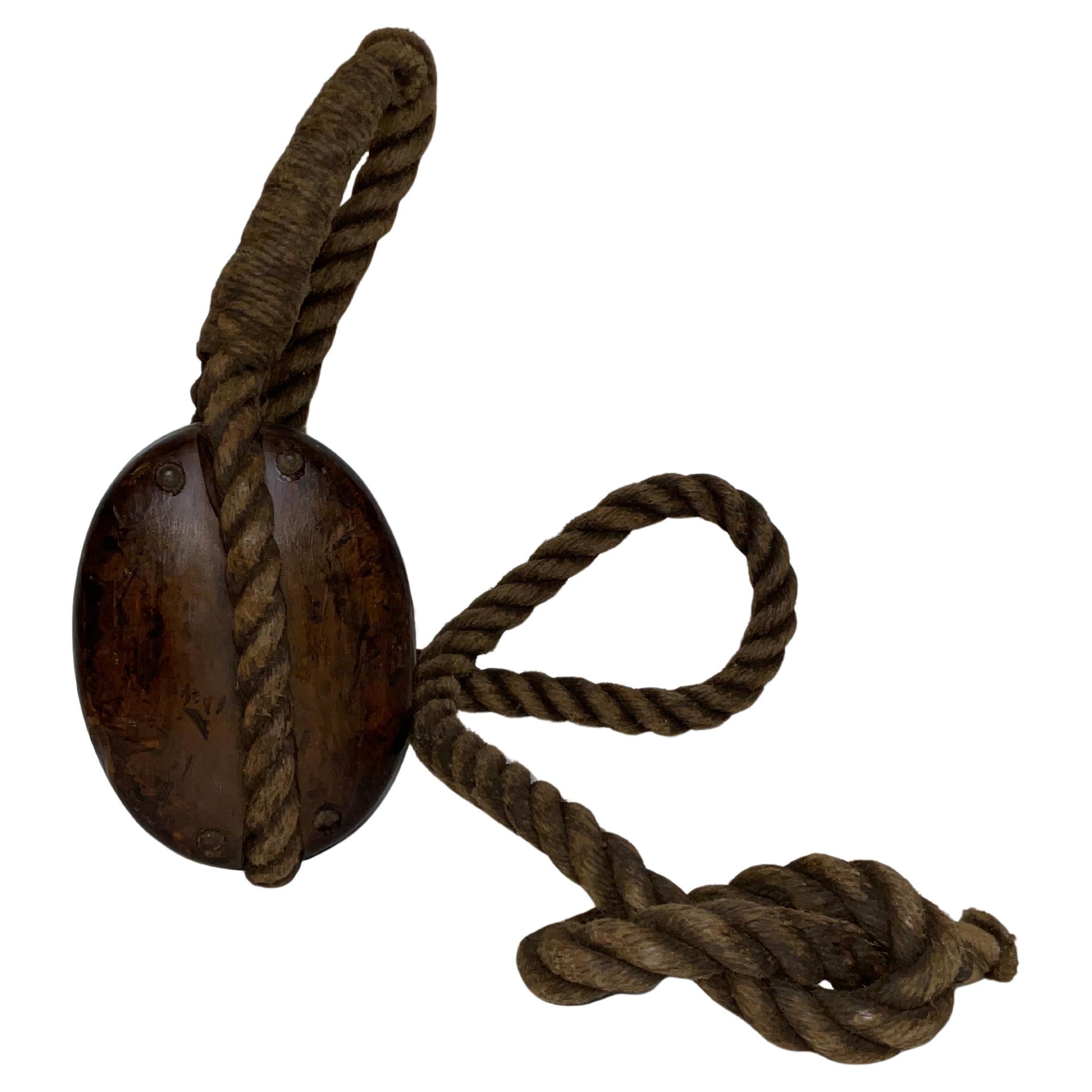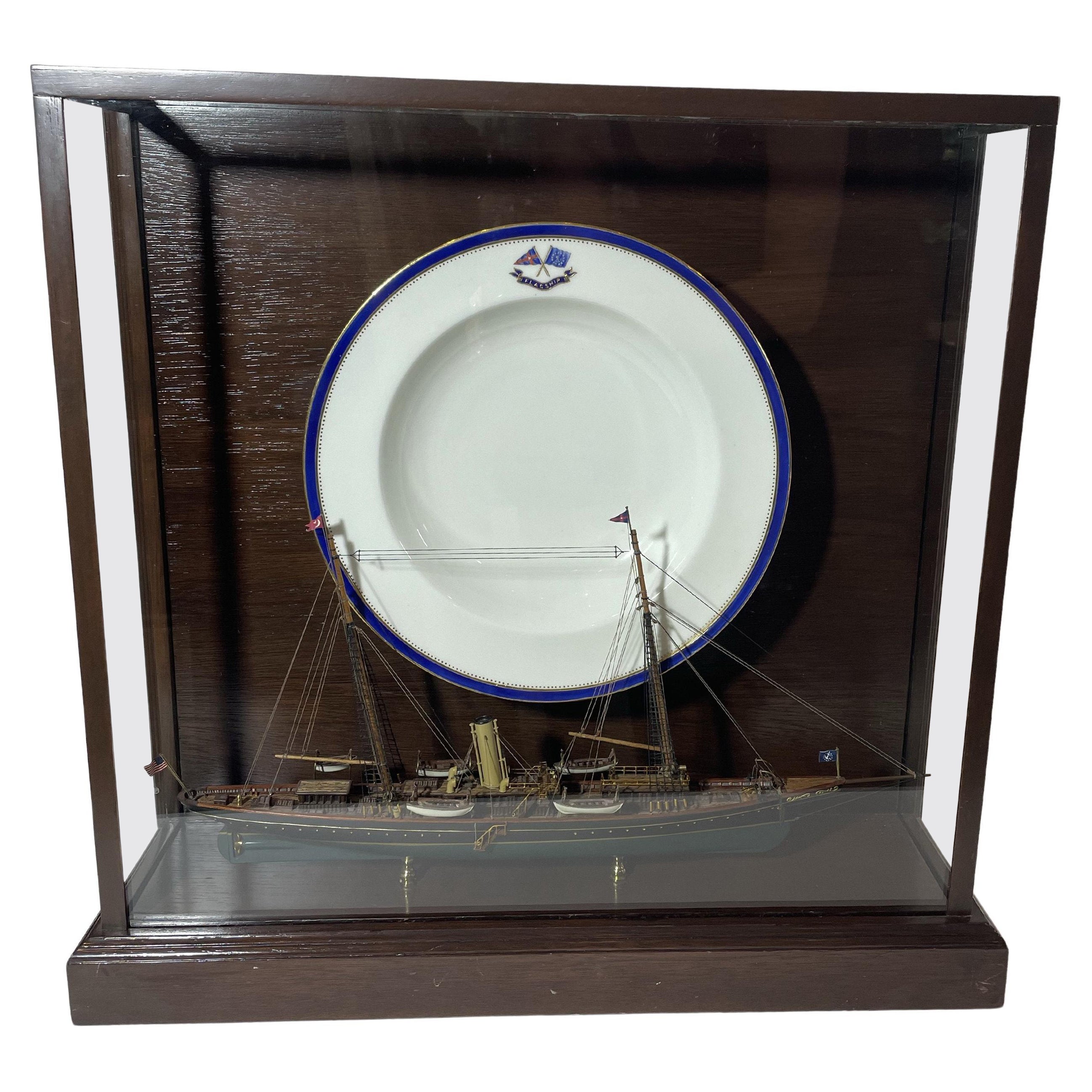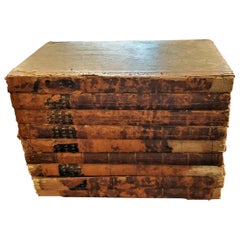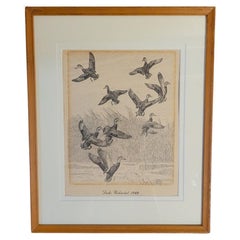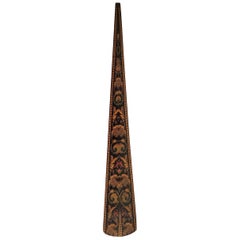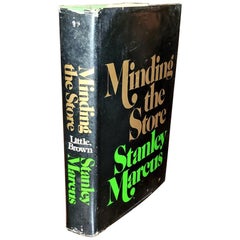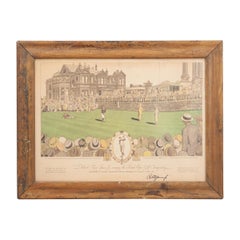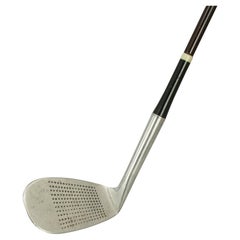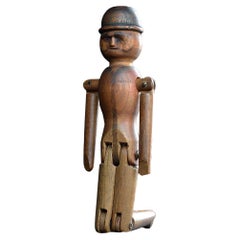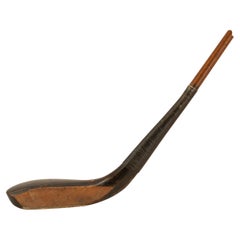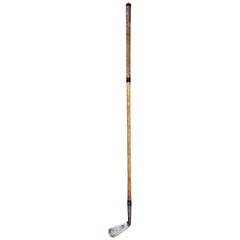
Rare Auchterlonie Jigger from St Andrews, Scotland
View Similar Items
Want more images or videos?
Request additional images or videos from the seller
1 of 10
Rare Auchterlonie Jigger from St Andrews, Scotland
Price:$300
$600List Price
About the Item
- Creator:Tom Auchterlonie (Maker)
- Dimensions:Height: 38.5 in (97.79 cm)Width: 4 in (10.16 cm)Depth: 1 in (2.54 cm)
- Style:Edwardian (Of the Period)
- Materials and Techniques:
- Place of Origin:
- Period:
- Date of Manufacture:1915-1920
- Condition:Wear consistent with age and use. Condition is very good for it's age and use.
- Seller Location:Dallas, TX
- Reference Number:1stDibs: LU3978112561631
About the Seller
4.9
Vetted Professional Seller
Every seller passes strict standards for authenticity and reliability
Established in 2015
1stDibs seller since 2018
390 sales on 1stDibs
Typical response time: 2 hours
Authenticity Guarantee
In the unlikely event there’s an issue with an item’s authenticity, contact us within 1 year for a full refund. DetailsMoney-Back Guarantee
If your item is not as described, is damaged in transit, or does not arrive, contact us within 7 days for a full refund. Details24-Hour Cancellation
You have a 24-hour grace period in which to reconsider your purchase, with no questions asked.Vetted Professional Sellers
Our world-class sellers must adhere to strict standards for service and quality, maintaining the integrity of our listings.Price-Match Guarantee
If you find that a seller listed the same item for a lower price elsewhere, we’ll match it.Trusted Global Delivery
Our best-in-class carrier network provides specialized shipping options worldwide, including custom delivery.More From This Seller
View AllJohn Bull Original Annuals from 1820-1829
Located in Dallas, TX
Presenting a set of 9 volumes, leather bound John Bull yearly annuals.
All the weekly newspaper publications of John Bull for the years 1820-1829 (Inclusi...
Category
Antique Early 19th Century English George III Books
Materials
Paper
$9,800 / set
Rare Lynn Bogue Hunt Engraving of Ducks Unlimited, 1940
By Lynn Bogue Hunt
Located in Dallas, TX
Presenting a Rare Lynn Bogue Hunt engraving of ducks unlimited 1940.
This piece cam from a wealthy estate in Dallas, TX with the mansion being built...
Category
Mid-20th Century American Sporting Art Prints
Materials
Paper
Rare 19th Century English Tunbridgeware Hair Pin or Slide
Located in Dallas, TX
PRESENTING an EXTREMELY UNIQUE and RARE 19C British Tunbridgeware Hair Pin/Bobbin or Slide.
This slide is unlike any of it’s kind we have seen before, it is a VERY RARE survivor.
From circa 1860 – 80 and made in Tunbridge Wells, England.
Made of walnut with gorgeous marquetry inlay on the entirety of the front with classic Tunbridgeware micro-mosaic all over the front. The rear is walnut.
The marquetry inlay appears to be various different woods, namely, maple, walnut and satinwood.
Would have been worn in a Lady’s hair bun with the micro-mosaic facing forward.
This would have belonged to a VERY ELEGANT LADY in the mid to late 19th Century.
Tunbridge ware is a form of decoratively inlaid woodwork, typically in the form of boxes, that is characteristic of Tonbridge and the spa town of Royal Tunbridge Wells in Kent in the 18th and 19th centuries. The decoration typically consists of a mosaic of many very small pieces of different coloured woods that form a pictorial vignette. Shaped rods and slivers of wood were first carefully glued together, then cut into many thin slices of identical pictorial veneer with a fine saw. Elaborately striped and feathered bandings for framing were pre-formed in a similar fashion.
There is a collection of Tunbridge ware in the Tunbridge Wells Museum and Art Gallery in Tunbridge Wells.
The famous makers of Tunbridge ware were in the Tunbridge Wells area of Kent; their most notable work was from circa 1830-1900.
Early makers of Tunbridge ware, in Tunbridge Wells in the mid-18th century, were the Burrows family, and Fenner and Co. In the 19th century, around 1830, James Burrows invented a technique of creating mosaics from wooden tesserae. Henry Hollamby, apprenticed to the Burrows family, set up on his own in 1842 and became an important manufacturer of Tunbridge ware, employing about 40 people.
Edmund Nye (1797–1863) and his father took over the Fenner company when William Fenner retired in 1840, after 30 years in partnership with him. Thomas Barton (1819–1903), previously apprenticed at the Wise factory, joined the Nyes in 1836, and worked as Nye’s designer; he took over the business in 1863 and continued there until his death.
In Tonbridge (near to Tunbridge Wells), George Wise (1703–1779) is known to have had a business in 1746. It continued with his son Thomas, and Thomas’s nephew George (1779–1869), who took over in 1806. In its early years the company made articles such as workboxes and tea caddies with prints of popular views; later items had pictures created from mosaics. Their workshop in Tonbridge, Wise’s Tunbridge Ware Manufactory, was next to the Big Bridge over the Medway; the building was demolished in 1886 to widen the approach to the bridge.
Tunbridge ware became popular with visitors to the spa town of Tunbridge Wells, who bought them as souvenirs and gifts. Articles included cribbage boards, paperweights, writing slopes, snuffboxes and glove boxes.
At the Great Exhibition of 1851, Tunbridge ware by Edmund Nye, Robert Russell and Henry Hollamby was shown; Edmund Nye received a commendation from the judges for his work. He exhibited a table depicting a mosaic of a ship at sea; 110,800 tesserae were used in making the picture.
The manufacturers of Tunbridge ware were cottage industries, and they were no more than nine in Tunbridge Wells and one in Tonbridge. The number declined in the 1880s; competent craftsmen were hard to find, and public tastes changed. After the death of Thomas Barton in 1903 the only surviving firm was Boyce, Brown and Kemp, which closed in 1927.
Marquetry was an old technique which was continued by Nye and Barton to create images such as birds or butterflies.
‘Green Oak’ as caused by the fungus Chlorociboria aeruginascens.
Stickware and half-square mosaic was invented by James Burrows in about 1830: a bunch of wooden sticks of different colours, each having triangular or diamond-shaped cross section, were tightly glued together; in the case of stickware, the resulting block was dried, then turned to form an article such as the base of a pincushion. For half-square mosaic, thin slices were taken from the composite block, and applied to a surface.
Tesselated mosaic, was a development by James Burrows of half-square mosaic; it was adopted by George Wise and Edmund Nye. Minute tesserae were used to form a wide variety of geometric and pictorial designs.
Many sorts of wood were used for the various colours; about 40 were in regular use. Only natural colors were used; green was provided by “green oak”, produced by the action of fungus on fallen oak. Designs for articles were often taken from designs of Berlin wool work.
Category
Antique Late 19th Century English High Victorian Collectible Jewelry
Materials
Satinwood, Walnut
Signed 1st Edition of 'Minding the Store' by Stanley Marcus
Located in Dallas, TX
PRESENTING A SIGNED FIRST EDITION of ‘Minding the Store’ A Memoir by Stanley Marcus.
Published by Little, Brown (1974).
First Edition Second Printing. Pages 383.
Dust Cover in fai...
Category
Late 20th Century American Mid-Century Modern Books
Materials
Paper
1st Edition of ‘Rural & Domestic Life of Germany’ by W Howitt -1842
By William Howitt
Located in Dallas, TX
PRESENTING AN EXTREMELY RARE FIRST EDITION hardback copy of ‘The Rural and Domestic Life of Germany with Characteristic Sketches of its Cities and Scenery, Collected in a General To...
Category
Antique Mid-19th Century English Country Books
Materials
Paper
RARE ‘De Conjugio Episcoporum et Diaconorum’ by Johannes Bugenhagen – 1525
Located in Dallas, TX
PRESENTING AN EXTREMELY RARE EDITION hardback copy of De Conjugio Episcoporum et Diaconorum ad uenerandum Doctorem VVolfgangum Reissenbush monasterii Lichtenbergensis Prae ceptorem ...
Category
Antique 16th Century German Renaissance Books
Materials
Leather, Paper
You May Also Like
Signed St Andrews Golf Print, Bobby Jones
Located in Oxfordshire, GB
Rare Bobby Jones Signed 1927 Open Golf Championship Picture.
An original 1930 limited edition lithograph titled "Robert Tyre Jones Jr. Winning the British Open Golf Championship". The colour lithograph print is one of 999 prints published, with copyright by Currier & Ives, Inc. It depicts Jones with his Calamity Jane...
Category
Vintage 1920s American Sporting Art Sports Equipment and Memorabilia
Materials
Paper
Steel Shafted Tom Morris Golf Club, St Andrews
Located in Oxfordshire, GB
Steel Shafted Tom Morris Golf Club.
An early steel shafted golf club, No. 7 iron, stamped Tom Morris, St Andrews. The club head has a curved hollowed back and is stamped 'Walker Cup...
Category
Vintage 1940s English Sports Equipment and Memorabilia
Materials
Steel
English Jigger Doll
Located in London, GB
English Jigger Doll
We are proud to offer an early 20th century hand carved folk art English jigger doll example. Carved from pine and joined with brass supports. Jig dolls are traditional wooden or tin-plate ‘toys’ for adults or children. Obtained from a private collection in London and untouched in form with all its original featured intact. They are dolls with loose limbs that step dance...
Category
Vintage 1920s British Folk Art Toys
Materials
Pine
$1,724
Long Nose Golf Club By Jamie Anderson Of St Andrews
Located in Oxfordshire, GB
Antique, Scared Head , Long Nose Golf Club by J. Anderson.
An elegant scared head long nose play club by Jamie Anderson of St Andrews. This great looking club is also known as a driv...
Category
Antique 1860s Scottish Sporting Art Sports Equipment and Memorabilia
Materials
Fruitwood
St Andrews Golf Club, Bicentenary Etching, Ltd Edition 10/75
Located in Oxfordshire, GB
St Andrews golf club bicentenary etching.
A rare etching of the Royal and Ancient Golf Club St Andrews Clubhouse, produced as Ltd. edition for the...
Category
Mid-20th Century British Sporting Art Drawings
Materials
Paper
Rare Scottish Horn Snuff Mill
Located in Dallas, TX
A very rare Scottish snuff mull with carved water buffalo with ears and eyes. At the opposite end a silver thistle with opening for snuff. Circa 1...
Category
Antique 1820s Scottish Tobacco Accessories
Materials
Silver
Recently Viewed
View AllMore Ways To Browse
Wooden Golf Clubs
Antique Jigger
1920s Golf Clubs
Antique Putters
St Andrews Golf Club
Old Course St Andrews
Antique Golf Putters
Hickory Golf Putter
Hickory Putter
Tom Stewart Hickory
Vintage Sports Collectibles
Vintage Sports Equipment
Vintage Sports Memorabilia
Golf Collectables
Surf Furniture
Golf Ball
Cowboy Collectibles
Walking Cane
